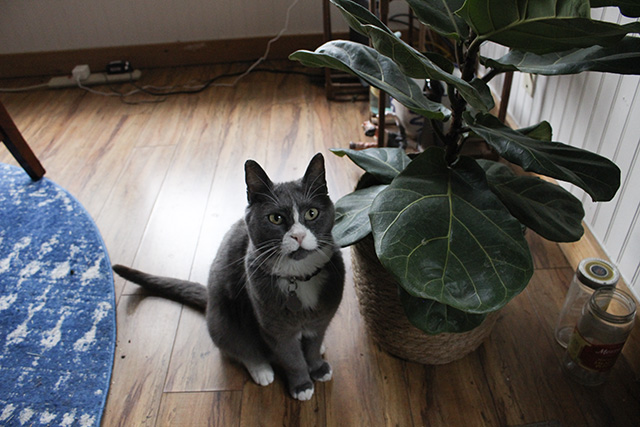As unexpected brand new cat owners, we find it essential to know about plants that are dangerous for cats. Cats are naturally curious, and their love for exploring can sometimes lead them to chew on plants that could be harmful. Whether you have a windowsill garden or a home full of greenery, it’s crucial to keep plants that are dangerous for cats out of reach.
Top Toxic Plants to Avoid
When it comes to plants that are dangerous for cats, many common household varieties can be surprisingly harmful. Here are the top 12 toxic plants to avoid:
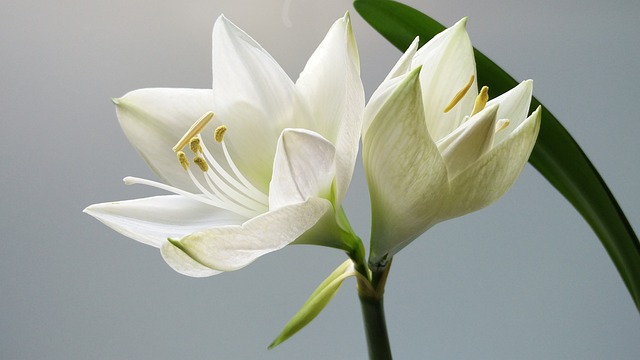
Lillies
Highly toxic and potentially deadly. Even a small amount can cause kidney failure in cats.
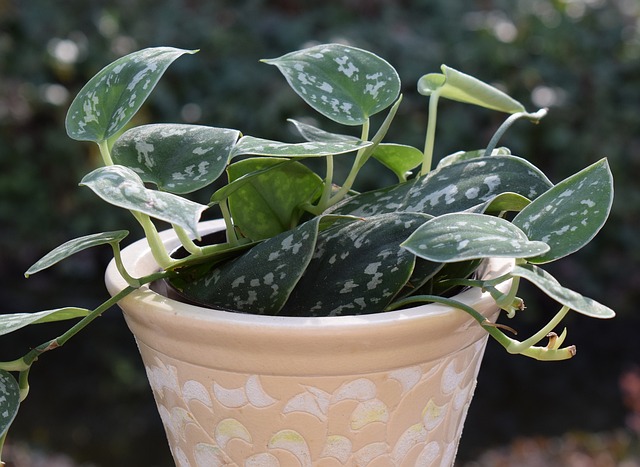
Philodendron
A popular houseplant, but ingestion can lead to oral irritation, swelling, and excessive drooling.
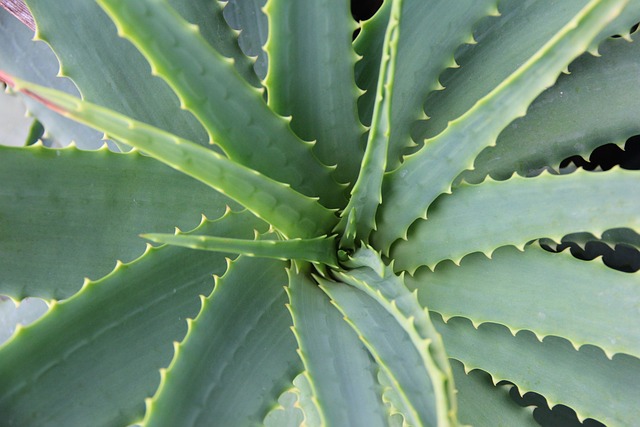
Aloe Vera
Though known for its soothing properties for humans, Aloe Vera can cause vomiting and lethargy in cats.
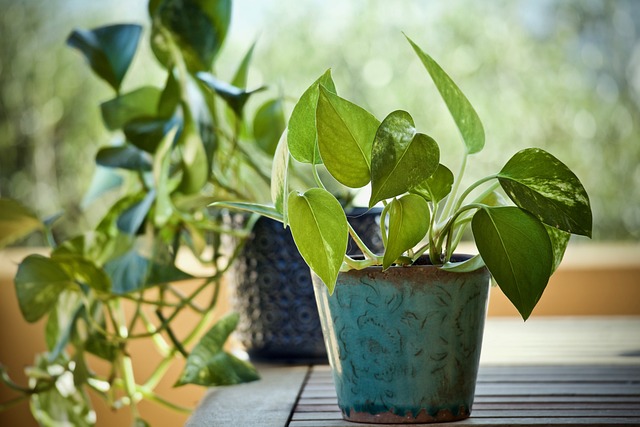
Pothos
This vine is a favorite in homes, but if chewed, it can cause vomiting and mouth irritation.
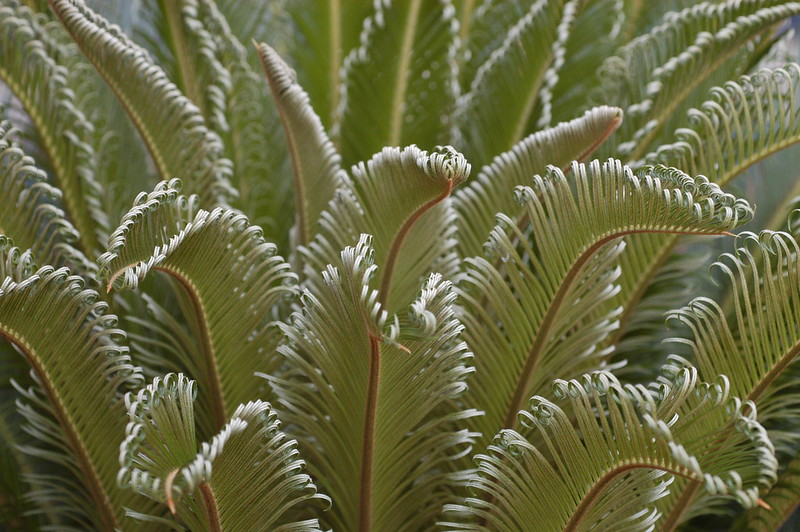
Sago Palm
Extremely poisonous, especially the seeds. Ingestion can cause liver failure.
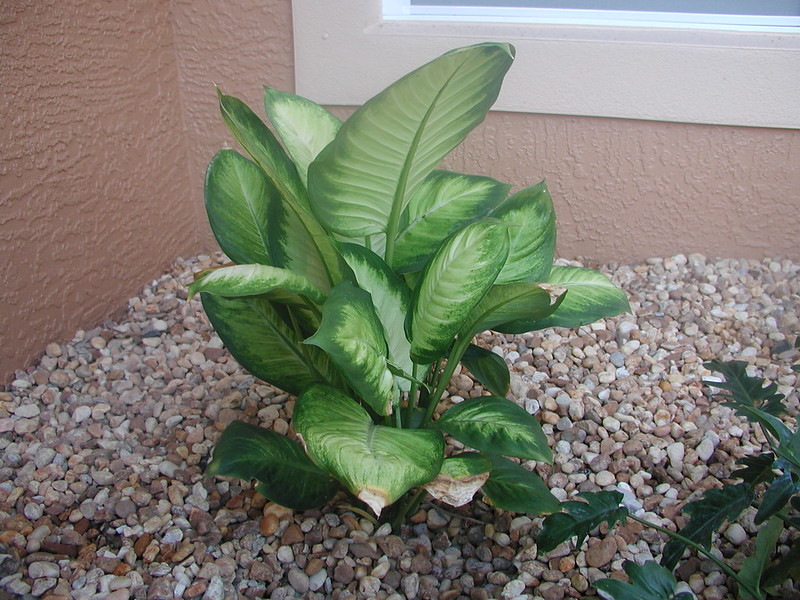
Dumb Cane
This plant can cause burning and swelling in a cat’s mouth and throat, leading to difficulty swallowing.
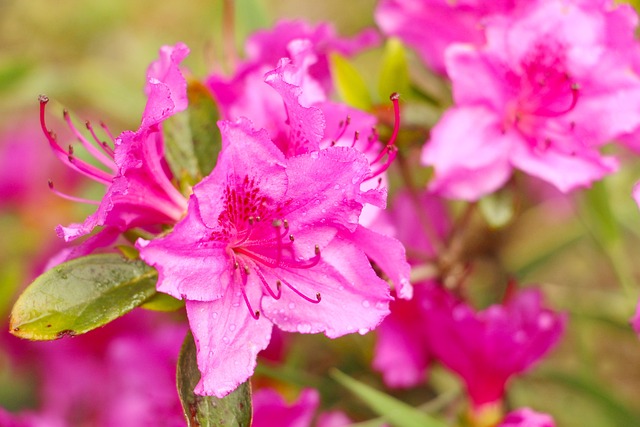
Azaleas
Even a small amount of this flower can cause vomiting, diarrhea, and in severe cases, cardiovascular collapse.
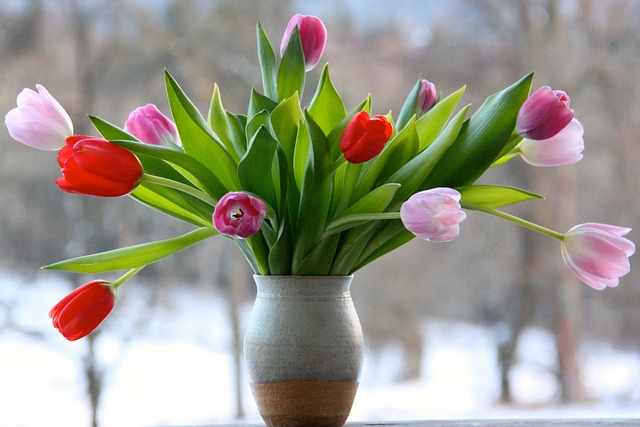
Tulips
The bulbs, in particular, are dangerous and can cause intense drooling, vomiting, and diarrhea.
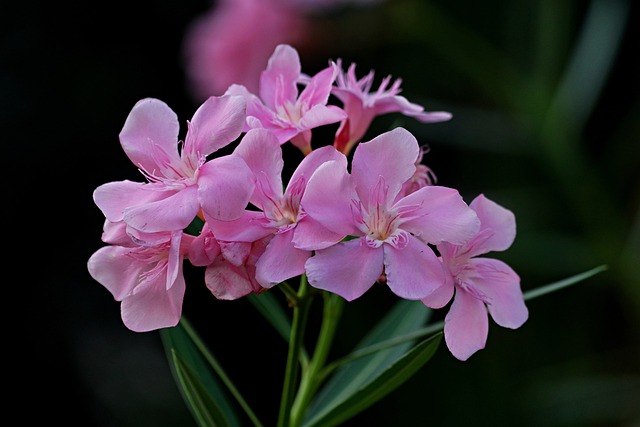
Oleander
Every part of this plant is toxic. It can cause heart issues, vomiting, and even death.
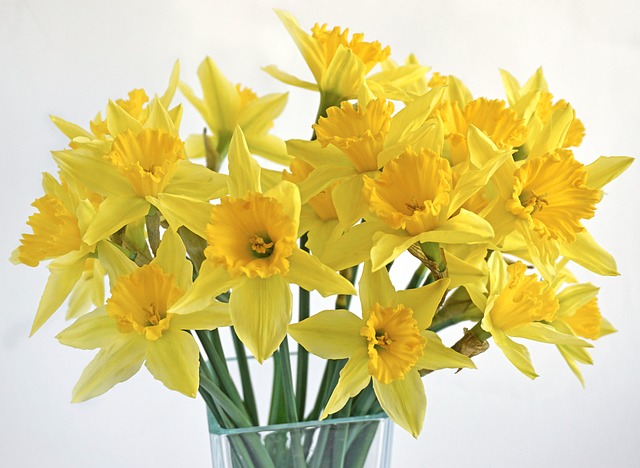
Daffodils
These cheerful flowers are dangerous for cats, especially the bulbs. They can cause vomiting, diarrhea, and even severe conditions like heart arrhythmias.
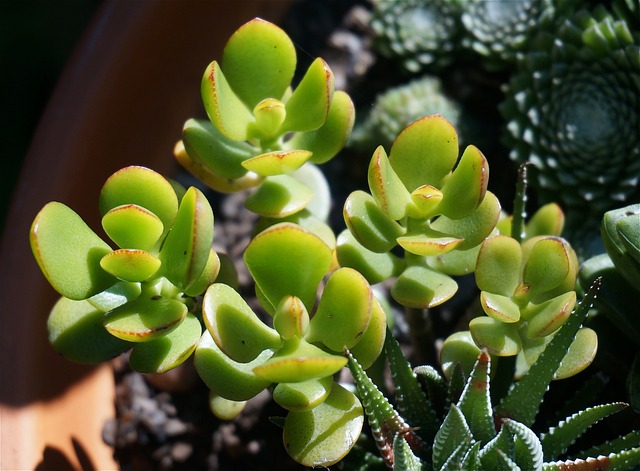
Jade Plant
A popular succulent, but highly toxic to cats. Ingestion can cause vomiting, lethargy, and even incoordination.
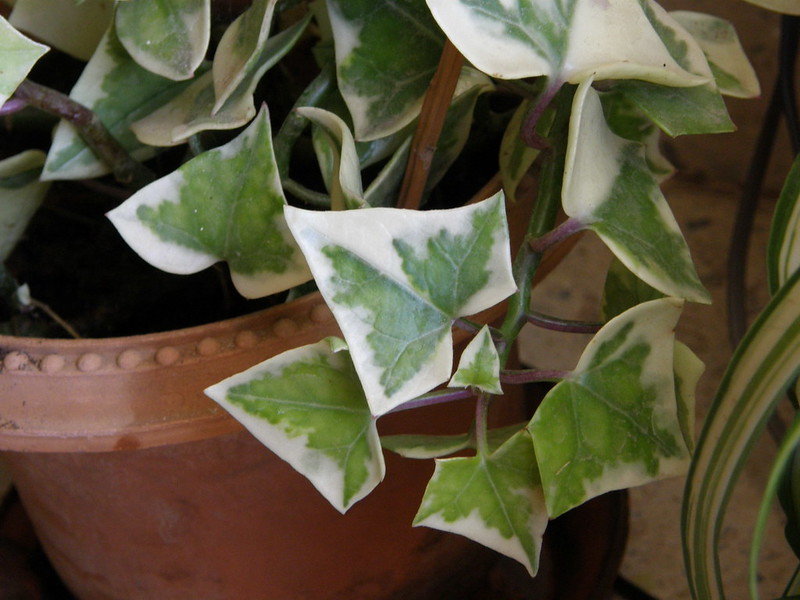
English Ivy
While it may look great climbing walls, English Ivy can cause vomiting, abdominal pain, and excessive drooling if ingested by cats.
Signs of Plant Poisoning
Cats are naturally curious creatures, and if they nibble on plants that are dangerous for cats, they may show signs of poisoning. It’s important to recognize these symptoms early to ensure quick action. Here’s what to look for:
Drooling or foaming at the mouth: One of the first signs that your cat may have ingested something toxic. This is their body’s way of trying to expel the irritant.
Vomiting or diarrhea: Common symptoms of poisoning, as the plant toxins upset the stomach. Vomiting may occur shortly after ingestion and can persist, leading to dehydration if not addressed.
Difficulty breathing: Some toxic plants can affect the respiratory system, causing wheezing, shortness of breath, or panting. This requires immediate medical attention.
Lethargy or weakness: If your usually energetic cat seems unusually tired or sluggish, it could be a sign their body is struggling to cope with the toxins.
Loss of appetite: A sudden lack of interest in food, especially if paired with other symptoms, may indicate poisoning.
Swelling or irritation around the mouth: Certain plants cause painful swelling or redness around the mouth and gums, which may make your cat paw at their face or refuse to eat.
Tremors or seizures: In severe cases, plant poisoning can lead to tremors, muscle twitching, or even full seizures. This is a serious condition that needs urgent veterinary care.
Pale or yellow gums: This can be a sign of anemia or liver damage, which some plant toxins can cause. It’s an advanced symptom, indicating a serious issue.
If your cat exhibits any combination of these signs and you suspect they’ve come into contact with a toxic plant, seek veterinary help immediately. The sooner you act, the better the chances of recovery.
Safe Alternatives
Don’t worry, you can still enjoy having plants around your home without the risk! If you’re looking for alternatives to plants that are dangerous for cats, here are a few safe options that will keep your space green and your cat healthy before we sign off on this post.

Spider Plant
These are non-toxic and thrive indoors, making them perfect for pet-friendly homes.
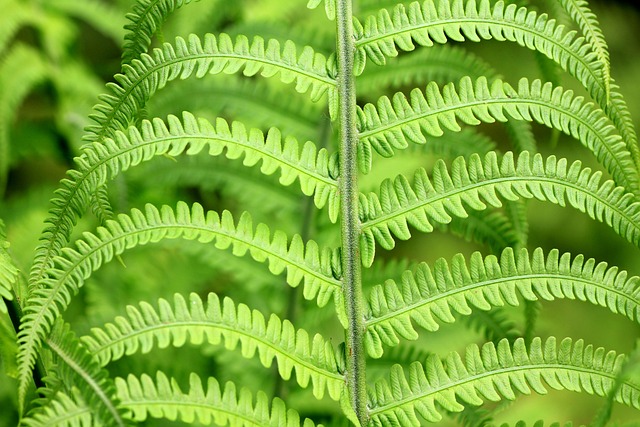
Boston Fern
A classic indoor plant that adds lush greenery without any risk to your cat.
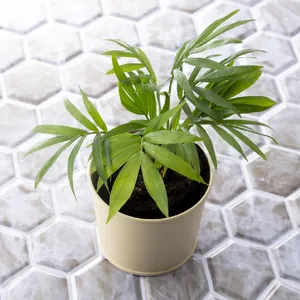
Parlor Palm
Known for its air-purifying qualities, this plant is completely safe for cats.
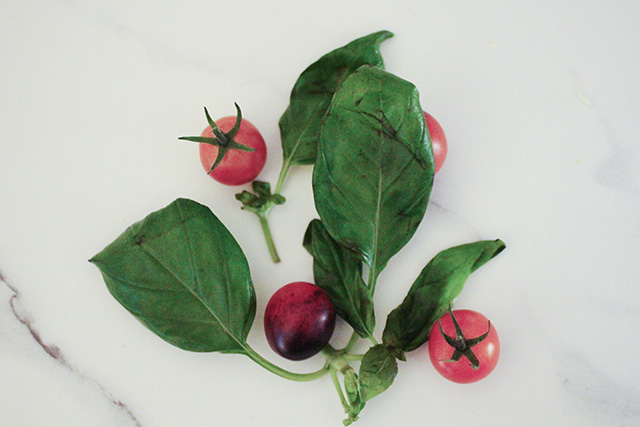
Basil
This popular herb is safe for your feline friends and perfect for adding fresh flavor to your dishes.
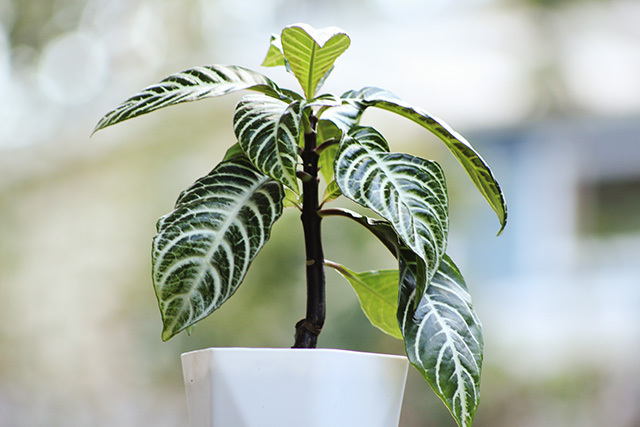
Zebra Plant
This small, spiky succulent is non-toxic and visually appealing, making it a perfect safe option for pet owners.
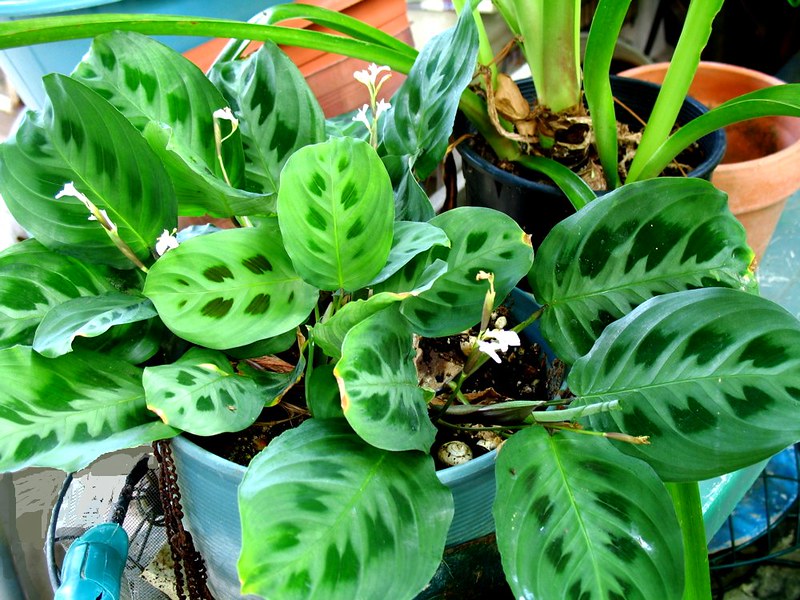
Prayer Plant
Known for its striking leaves that “pray” by folding up at night, this plant is both beautiful and safe for cats.
Conclusion
Keeping plants in your home doesn’t have to be a hazard for your cat. By knowing which plants are dangerous for cats and swapping them out for pet-safe alternatives, you can still create a beautiful, green space that’s safe for your curious companion.
Take a moment to check your plants, and enjoy peace of mind knowing your home is both cat-friendly and filled with life!

